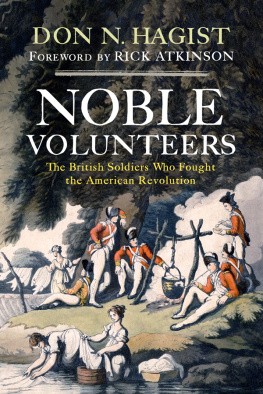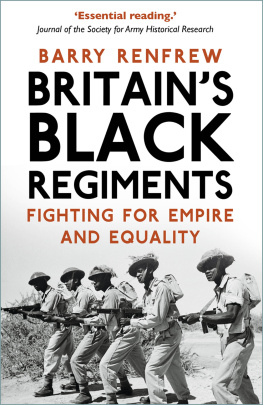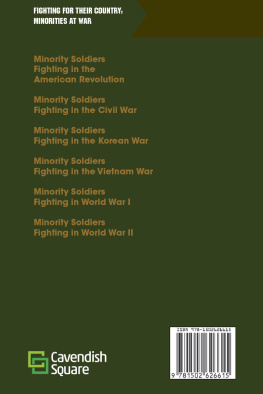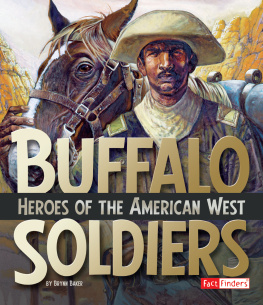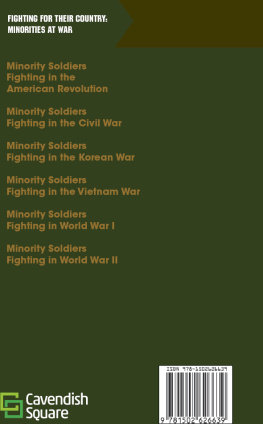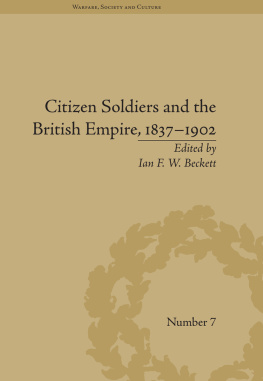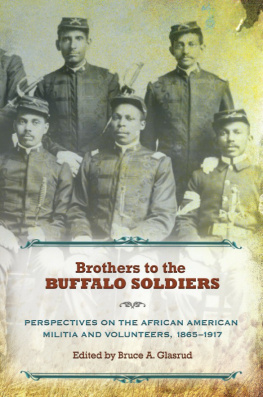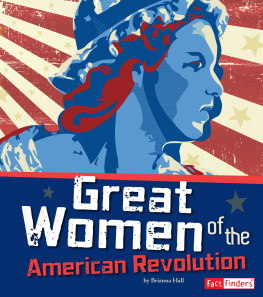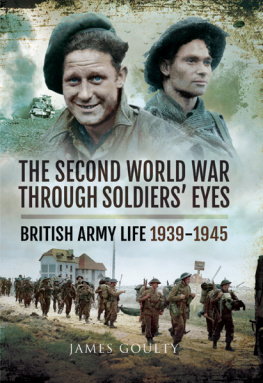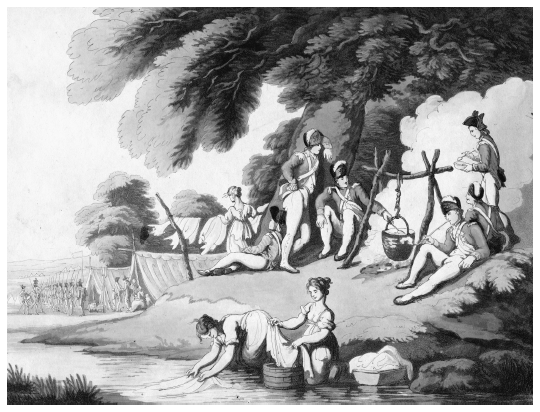2020 Don N. Hagist
Foreword 2020 Rick Atkinson
All rights reserved under International and Pan-American Copyright Conventions. No part of this book may be reproduced in any form or by any electronic or mechanical means, including information storage and retrieval systems, without permission in writing from the publisher, except by a reviewer who may quote brief passages in a review.
Produced in the United States of America.
FOREWORD
FOR NEARLY TWO AND A HALF CENTURIES, the British soldier who fought in the American Revolution has been little more than a caricature. Derided as bloody-backs and lobsters, the troops sent across the Atlantic on behalf of king and country remain largely anonymous, their motives suspect, their behavior condemned, their military prowess ridiculed.
Yet they had names and personal histories, families and fates. Individually and collectively, they were a ferocious adversary, occasionally undisciplined but always formidable. Their defeat may be attributed not to a want of fighting prowess or martial spirit but to the strategic incoherence of their national leaders, as well as spotty generalship and the tribulations in fighting an expeditionary war for eight years across three thousand miles of ocean in the age of sail. They deserved a better cause.
No one has studied the British enlisted ranks in the Revolution with greater diligence and insight than Don N. Hagist. Now he has given us a remarkable group portrait of these men, illuminating who they were, why and how they fought, and what their lives were like. He dispels myths and limns the human features of those often seen as anonymous redcoats.
Most of the men who fought for the Crown in the Revolution had enlisted in a peacetime army, unaware that they would be swept up in revolutionary events far from home. Under the British system, they joined the service for life, or until physically disabledalthough to stimulaterecruitment, that open-ended commitment would be modified during the war to allow enlistments for either three years or the duration of the rebellion. Contrary to popular misconceptions, few were pressured to join in order to avoid jail or to escape poverty. Indeed, Hagists exhaustive review of recruitment records and personal accounts leads him to conclude that not a single man who left a record of his rationale gave unemployment or impoverishment as a reason for becoming a soldier between 1765 and 1775. Earning eight pence a day, or about 1 a monthminus various deductions for uniforms and foodno private could expect much more than a subsistence livelihood.
Many were farm laborers, but a majority enlisted from the trades. They had been shoemakers and coopers, bakers and blacksmiths, barbers and bricklayers, and thus derived from the core of British plebian society. They were also surprisingly diverse, as Hagist reveals, not just English, Scottish, and Welsh, but also Irish, Nova Scotian, Swedish, Polish, Austrian, Swiss, Dutch, Danish, and even the odd American. An army that had excluded Roman Catholics relaxed that rule in 1775 under the pressure of meeting enlistment goals.
What drew them to the colors? Thomas Sullivan, who joined the 49th Regiment in early 1775, described being strongly bent upon rambling. He added, My chief intention... being to travel and traverse a stretch of the seas, occasioned my enlisting. Andrew Scott, a twenty-one-year-old Scottish farm worker who liked reading and writing poetry, reflected that signing on with the 80th Regiment in 1778 afforded me an opportunity of seeing the world to an extent which, in another situation, I might never have had an opportunity of doing. Less romantically, James Andrews, an Irish linen weaver and the father of two, saw the army as a chance to be freed from the clamours of a wife. Still others heeded recruiting pitches that offered an opportunity to win honor and fame for your native land, as the 42nd Regiment urged, or to rise above their station since, The lands of the rebels will be divided amongst you, and every one of you become lairds, or so the 71st Regiment promised.
They proved adaptable and resilient, both as individual soldiers and as an army. Rather than fighting only in exposed, tight ranks, as stereotypes of the British army have long depicted, we have learnd from the Rebels to cover our Bodies if theres a Tree or a Rail near us, one light infantry soldier told his mother in April 1777. That same spring, a brigade in New Jersey practiced firing on broken ground in order to learn the requisite adjustments in firing uphill or down. A year later, the 71st Regiment learned to spring from tree to tree, Stump, Log, & etc withthe utmost Agility. As the Americans quickly recognized, British attacks were notable for agility, speed, and ruthlessness. The army itself adjusted the size of regiments as the rebellion in North America intensified, and again when France entered the war to make it a global conflict.
Certainly the British soldier was forced to endure rugged, even brutal conditions in the long war. Disease killed many more than bullets. Of 1,325 recruits shipped to New York in 1779 aboard a slow-moving convoy from the home islands, 43 died during the voyage and nearly 300 others were sick on arrival. Of nearly 1,200 enlisted men who served in the 38th Regiment from the time the unit arrived in Boston in 1774 and departed New York in 1783, nearly 300 died during that span. Service in America for thousands of British soldiers led to an excruciating death and an unmarked grave in a foreign field.
There is a poignancy to the stories of these men. Don Hagists demonstration that so many British soldiers, like soldiers through the ages, sought little more than the comforts of a pension in old age, and the pleasure of recounting my adventures to others, as one put it, reveals their humanity. This book shows that beneath each red coat could be found a beating heart.
RICK ATKINSON
INTRODUCTION
SAMUEL LEE GOT NO SLEEP AT ALL on the night of April 1819, 1775, and his work kept him up the entire day of the nineteenth. He was a tailor in Massachusetts, the American colony that had become the flashpoint of unrest against British government policies. The London native had come to America eight years before and moved around to places including Philadelphia and New York before arriving with his family in Massachusetts in 1774. At thirty years old, Lee was quite accomplished at his trade, a master tailor supervising a staff of eight to twelve in serving as many as 450 clients a year. He was the same sort of mechanic as most tradesmen in Bostons Sons of Liberty and the regions militia companies, and his colleagues had warned him on the evening of the eighteenth that something was afoot: the regulars, those professional soldiers in the British standing army that occupied Boston, were preparing to sally out into the countryside.
Tailoring could wait. Lee dressed for a march, took up his musket and premade cartridges, and a days worth of food. Leaving his family behind, he joined his comrades in the darkness, headed toward the edge of town, met up with others on the way, and walked off into the night. They probably all hoped nothing would come of whatever lay ahead, that the militia would simply monitor the movements of the British march, and everyone would be home again before the next sunset, as had happened severaltimes in the months before. He had no idea that by the following evening, colonists would be at war with the British government. This would change his business and his life, and the lives of everyone with him.

